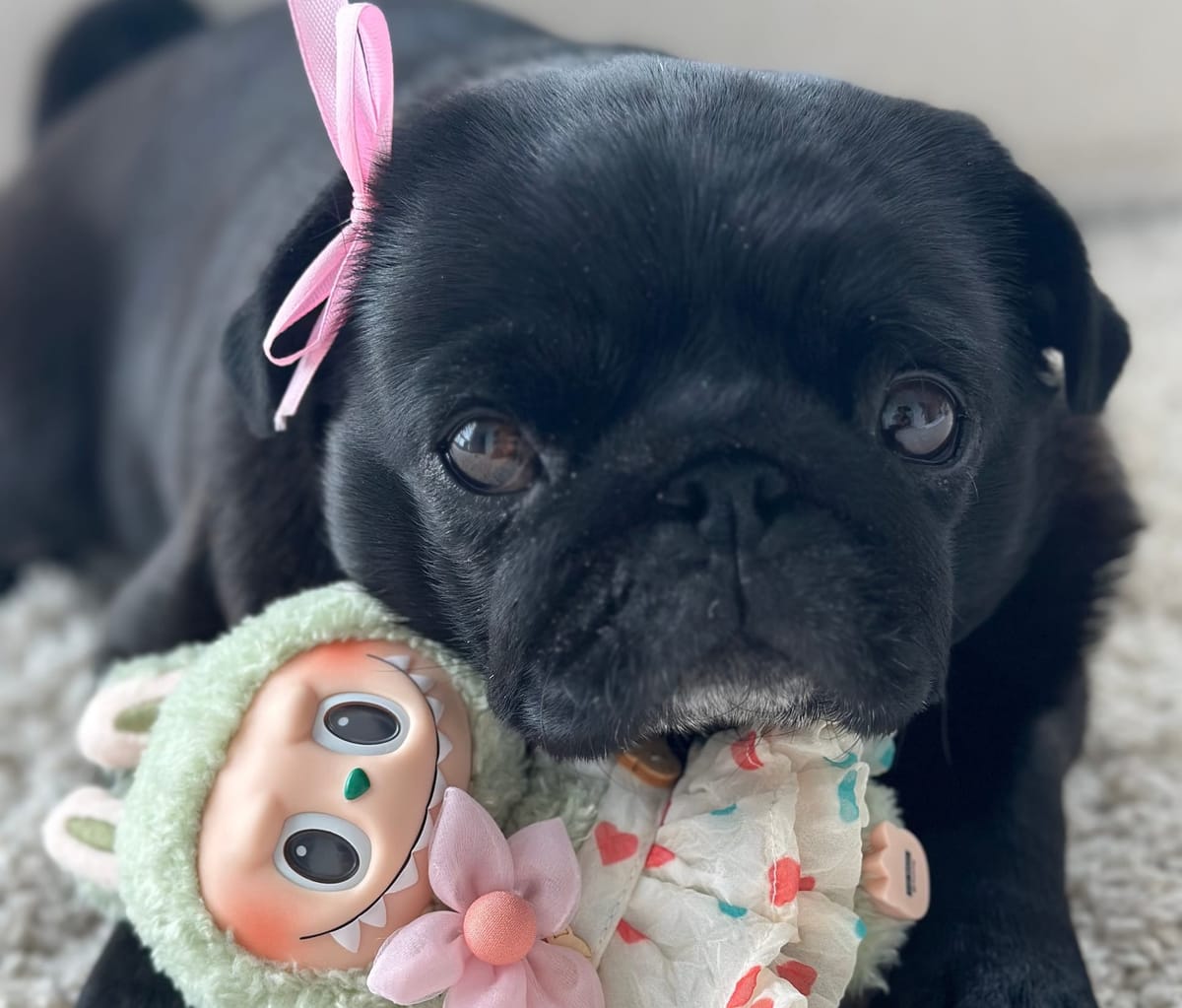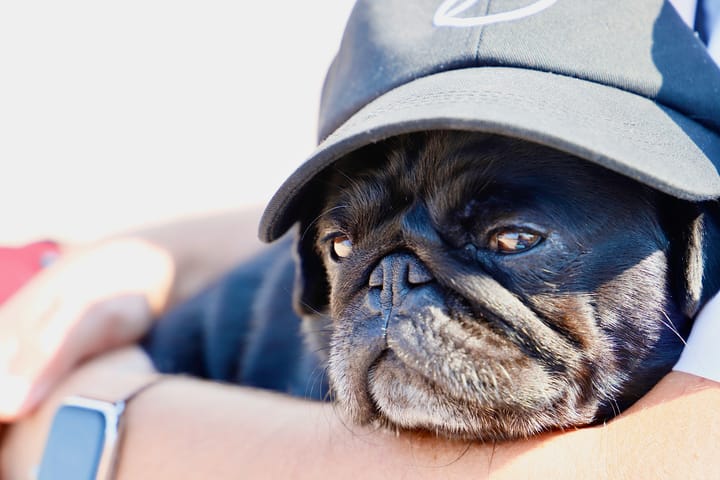Pug Health 101: Common Health Problems Every Pug Parent Should Know
In this guide, we’re breaking down the most common health problems in pugs, how to spot early warning signs, and what you can do to help your pug live their best life.

If you’ve ever loved a pug, you know they’re little dogs with big personalities—and just as big of a place in our hearts. But their adorable looks come with some unique health challenges. At Club Pug, we’re here to help you stay informed so you can give your squishy-faced friend the happiest, healthiest life possible.
In this guide, we’re breaking down the most common health problems in pugs, how to spot early warning signs, and what you can do to help your pug live their best life.
🫁 1. Brachycephalic Syndrome (BOAS)
What it is: Due to their short snouts, pugs often experience breathing difficulties—especially in hot, humid, or stressful environments.
Watch for:
- Snorting, gagging, or noisy breathing
- Trouble during exercise or hot days
- Extended neck while breathing
Tips: Keep your pug cool, avoid strenuous activity, and talk to your vet about possible corrective surgeries if symptoms are severe.
👁 2. Eye Issues
Pugs' large, prominent eyes are irresistible—but also vulnerable. They’re prone to:
- Corneal ulcers
- Dry eye (Keratoconjunctivitis Sicca)
- Entropion (eyelashes growing inward)
Watch for: Squinting, redness, cloudiness, or discharge. These issues can progress quickly—don’t wait to call your vet!
🧠 3. Pug Dog Encephalitis (PDE)
This is a rare but fatal condition that causes inflammation of the brain, typically in young adult pugs.
Watch for:
- Seizures
- Disorientation
- Behavior changes or pacing
Sadly, PDE has no known cure, but genetic research is ongoing. Knowing the signs may help in getting early support.
🦴 4. Joint Problems & Mobility Issues
Pugs are susceptible to hip dysplasia and luxating patellas (kneecaps that pop out of place).
Watch for:
- Limping
- Hesitation to jump or climb stairs
- “Skipping” when walking
Daily walks and maintaining a healthy weight can reduce stress on joints.
🐾 5. Skin Folds & Allergies
Those cute face wrinkles need TLC. Skin folds can trap moisture and bacteria, leading to infections.
Watch for:
- Redness or odor between folds
- Excessive scratching
- Hair loss or dry patches
Tip: Clean folds regularly with pet-safe wipes and keep an eye on seasonal allergies or food sensitivities.
⚖️ 6. Obesity
Pugs LOVE to eat and gain weight easily. Extra weight can worsen nearly every other health condition.
Watch for:
- A lack of a visible waist
- Low energy
- Heavy breathing after mild activity
Stick to a feeding schedule, avoid high-calorie treats, and incorporate daily walks—even if it's just around the block.
❤️ Final Thoughts from Club Pug
Pugs may need a little extra care, but the love they give back makes it more than worth it. When you stay informed and proactive about their health, you’re giving your pug the greatest gift of all: a longer, happier life with you.



Comments ()